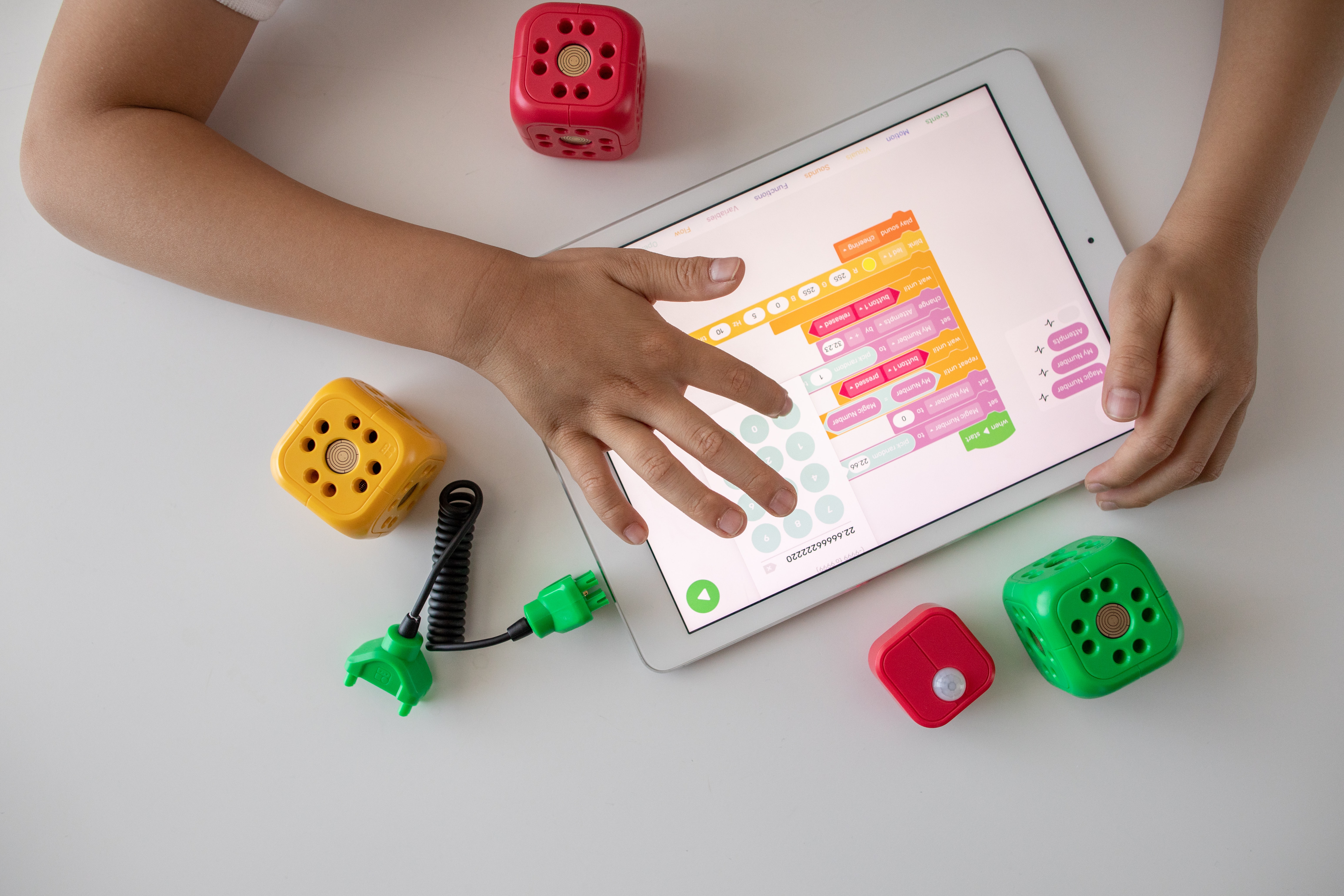TikTok. Not a fan. Youtube Shorts? Nope. Am I showing my age? Almost certainly.
Now, my teenage daughter’s not on her phone ALL the time, but I often find myself caught between wanting to ‘protect’ her from the negative effects of #smartphonelife, whilst at the same time not wanting to ‘parent’ her out of a social life.
It seems timely to write this at a time when Facebook/Instagram is coming under the spotlight for knowingly putting profit before user safety, but ethical design - at it's most basic, the practice of making design decisions based on what’s ‘right’ or ‘wrong’ - is something that I’ve been conscious of for quite some time. And while streams of breakfast muffins and comedy videos aren’t inherently ‘unethical’, the design methods that keep our eyes on our phones do need to be questioned.
In 2017, two former Google employees, Tristan Harris (Centre for Humane Technology) and James Williams (writer and researcher at the University of Oxford) gave a very inspiring talk at UX Oxford advocating for ‘time better spent online’. That talk was a real eye-opener, and has stayed with me and influenced my thinking ever since.
Time Better Spent - Tristan Harris
When he left Google, Tristan sought a new project to get people to only spend the “right amount” of time online. This resulted in him founding the Centre for Humane Technology - which advises the US Government (and others) on things like addictive patterns, and how this type of thing can - and should - be regulated.
If you’ve never heard him speak, I highly recommend his 15-minute TED Talk...

But four years on, while Harris and Williams have each gone on to raise public awareness around the attention economy, there has been very little in the way of formalising industry standards for ethical design practices in this area.
Making the case for ethical design
Recently I was asked to host a panel discussion at the Festival of UX Design (Mobile UX London) on ethics in UX design. I put the questions to Julian Smida (Facebook), Alex Genov (Zappos), and Paul van Oijen (Shopify), and we touched on the importance of a diverse research base, challenging stakeholder biases, and potential conflicts between business interests and customer well-being.
While we didn’t quite solve the ethical challenges of persuasive design and free-market capitalism, consensus seemed to be that businesses are now recognising the financial benefits of ethical practices (trust = loyalty), and that we’re heading the right way in terms of diversifying research and challenging stakeholder biases.
However, there was the suggestion that as designers, we have a responsibility to challenge the business driver of maximum engagement time by creating experiences that minimise engagement (or at least benefit user well-being) without taking a hit on profits.
While I agree with the sentiment of change from within, for me this is not enough. Personal and social well-being is not the sole responsibility of individual designers or well-meaning design teams - plus it’s not always part of our specialist skill-set...
As an industry, we have global accessibility standards, various national and international data security regulations, and in the UK, we’re making a start on protections against harmful content with the Online Safety Bill.
The Royal Society is doing a lot of work exploring ethics in AI, but I feel we’re lacking a global lead for standards in design and interaction patterns that influence human behaviour. Looking at things such as:
Preventing addictive interactions
Slowing down thought processes for important decisions
Steering away from ‘stink patterns’ (and time we steer away from dark = malevolent)
Towards an industry standard?
Elsewhere in the creative industries, the British Academy of Film & Television Arts (BAFTA) provides a good example of how to get an industry to change its behaviour - in this case for the good of the planet.
The ‘albert’ Sustainable Production certification is acknowledged industry-wide as demonstrating a company’s commitment to reducing its carbon footprint. 100% of BBC Studio TV productions are albert certified, and according to albert’s 2020-21 annual report, certifications across the industry went up last year by 464.
Less easily quantifiable than CO2 monitoring, the challenge for design ethics is exactly how you define ‘good ethics’. And not only that, but how do you define something that crosses cultural boundaries?
Designers Fabricio Teixeira and Caio Braga have created some excellent guidelines for designers to take up the torch for ethical design, and bring change into their company’s design practices, but grassroots guidelines need to be equalled by top-down drive from industry leaders - whether that’s from organisations like the UX Professionals Association, the Design Council, Chartered Design Society, or collaborations between associations and governments.
The Center for Humane Technology is perhaps doing the most to forward that discussion of how we can challenge the attention economy - and founder Tristan Harris (my inspirational UX Oxford speaker) is certainly getting his voice heard - giving expert testimony to US House and Senate hearings.
But this cannot be a one-person crusade. It takes a village.
What do you think?
For me there are far more questions than answers right now. What ARE the key issues that need addressing first with interaction design? How do we go from discussion to action? Are we even ready to?
Perhaps the starting point is a literature search on smartphone addiction, stink patterns, negative nudges, and listing those initiatives that are out there already. I mean there’s always more research that can be done...
What would you say needed doing to move towards formalised industry standards for ethical interaction design? Should big tech be involved? What about governments?
Or perhaps we shouldn’t have formalised standards at all? Perhaps we can leave it up to personal and corporate responsibility?
I’ve posted some of these questions on LinkedIn - Come over to see what others think, and join the discussion...





